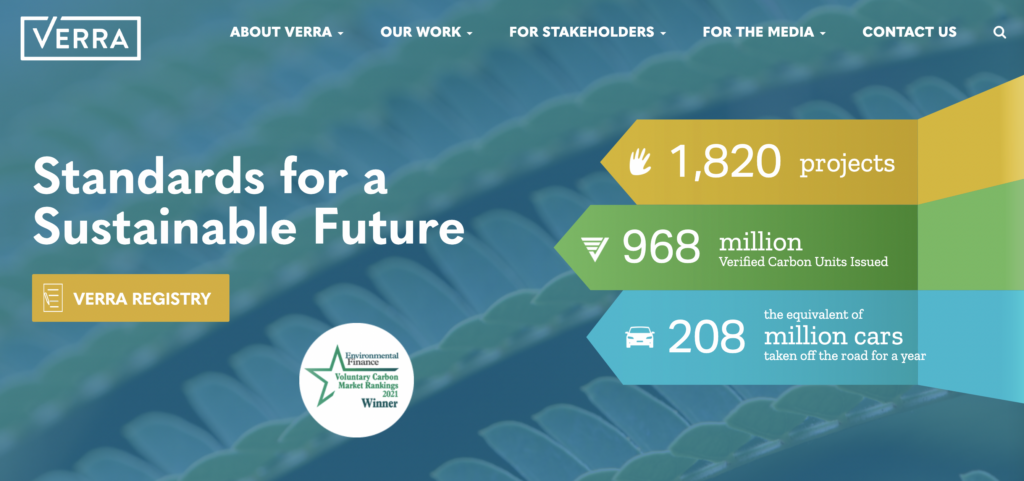Why pricing carbon offsets is important
According to The World Bank “Carbon pricing is an instrument that captures the external costs of greenhouse gas (GHG) emissions—the costs of emissions that the public pays for, such as damage to crops, health care costs from heat waves and droughts, and loss of property from flooding and sea level rise—and ties them to their sources through a price, usually in the form of a price on the carbon dioxide (CO2) emitted.” We spoke about it earlier with our post on The Environmental Cost of Investing.

Voluntary carbon markets such as Verra are largely comprised of projects that either avoid or reduce greenhouse gas emissions. These projects have many ways to be classified and often involve more than carbon and carbon pricing. For example, they may also promote biodiversity, prevent land destruction or stabilizing a local community.
Global standards for calculating and verifying emissions reductions have increased integrity around offsets that adhere to established guidelines and are audited; however, translating these measures to a project’s value to the environment, biodiversity or human rights is very difficult.
How carbon pricing works
According to The Gold Standard, market participants use a cost-based model to account for a project’s implementation costs, while adding a premium to fund specific additional project elements, such as engaging the local community or promoting local development efforts. Fundamentally, some projects are more expensive to implement and validate, so they should trade at a premium.
The softer less observable and measurable “social value” of carbon projects means that estimating a market clearing price is challenging. While some projects have greater impact, such as carbon removal projects, and should have a higher price; inherently carbon credit prices depend on supply and demand. In practice, supply and demand driving carbon pricing should be good, but voluntary carbon markets lack a centralized pricing source, i.e. a marketplace, which inhibits price discovery. People using carbon offsets should understand the lack of price transparency and impediments to price formation.

